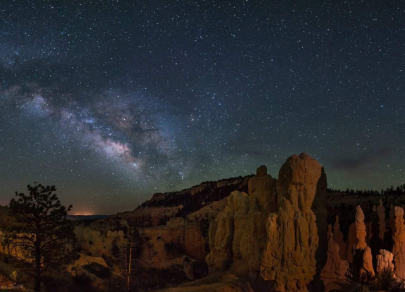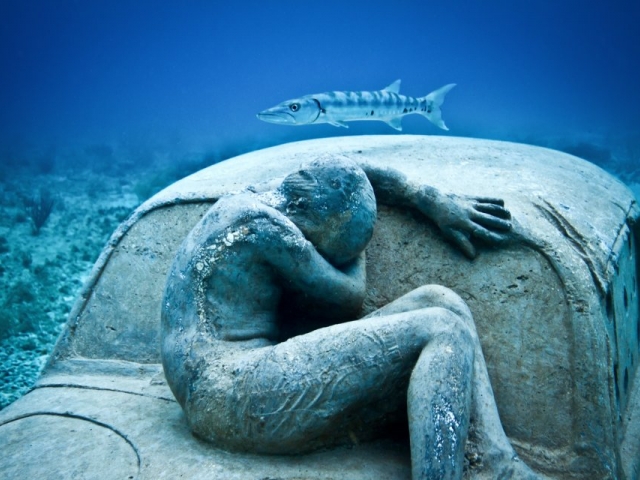
Top 5 locations for stargazing
Astrotourism is becoming more popular every year. People are willing to travel thousands of kilometers to admire the stars. But which places on Earth are considered the best for this? Let's find out now!




According to the International Union of Geological Sciences (IUGS), humanity's impact on the Earth has gone beyond limits. As a result, a new geological epoch appeared. Instead of the Holocene (“entirely recent”) epoch, which began 11,700 years ago after the last major ice age, the mankind's influence led to the Anthropocene (anthropo, for “man,” and cene, for “new”). It has started in the mid-20th century. It is defined by radioactive elements, plastic pollution and even bones left by domestic chicken.

Human activities have led to animal and plant extinction. Carbon dioxide emissions have broken acceptable limits. Soil and water are covered in plastic. Chemicals content doubled over the recent century. Consequences of human activities are numerous and long-lasting, and that is why scientists consider them signs of the new epoch. When the Anthropocene is officially recognized, it can be admitted that the human has become the key link in the planet's mechanism.

The new epoch of geological time has started around 1950. Nuclear bomb tests became the determining factor. Professor Colin Waters, principal geologist at the British Geological Survey, notes that over 30 scientists voted to designate the new epoch. He is sure that the Anthropocene is a real thing and has a series of features that are easily determined.

Scientists are currently arguing over a so-called “golden spike”, which is a geological marker that is able to remain unchanged for a long time and points to the beginning of a new epoch. The best candidate for a golden spike is radioactive elements from nuclear bomb tests of 1950s. Another possible golden spike is plastic and aluminum pollution as well hydrocarbon particles.

Disputes over amending the geological time scale have been lasting for around 15 years. Scientists studying the Anthropocene have to decide which phenomenon – nuclear tests, plastic pollution etc. – to regard as the epoch's golden spike.

Scientists also have to determine sites where a geological border between two epochs should be tracked. Geologists are investigating mud sediments off the coast of Santa Barbara, California, US and stalactites and stalagmites in the Ernesto cave in northern Italy. Once the needed data is acquired, the IUGS will make a decision on a change in the geological time scale.

Astrotourism is becoming more popular every year. People are willing to travel thousands of kilometers to admire the stars. But which places on Earth are considered the best for this? Let's find out now!